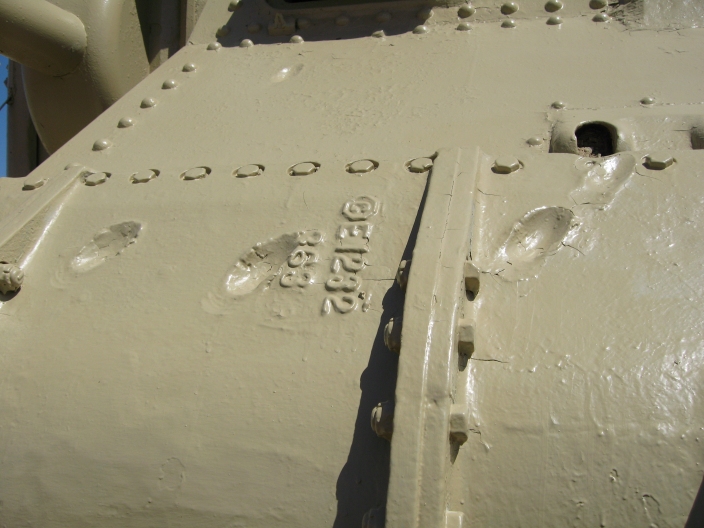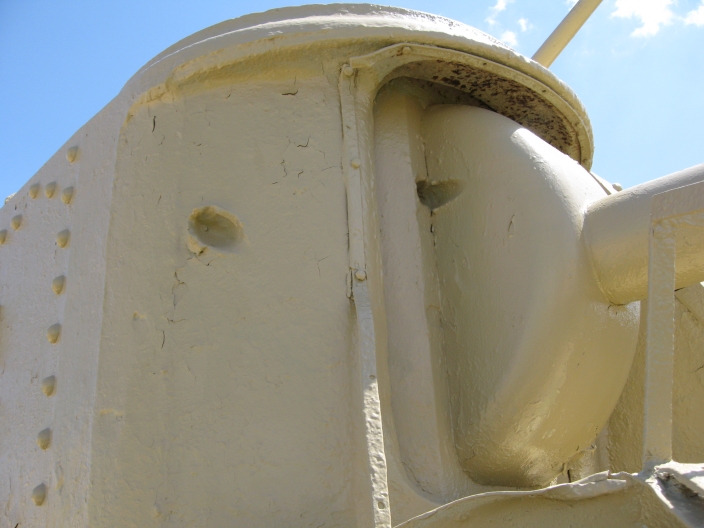This is probably OT, but I guess some of you may be interested.
After so many years I finally realized my dream of visiting the battlefield of El Alamein. We spent 8 days in the desert exploring the southern part of the front, where few people ever venture.
The area is still quite dangerous due to the millions of still active WW2 anti-tank and anti-personnel mines, and a special permit is required from the Egyptian military authorities.
This is a general view of the area, with an overlay of the troop movements of the final battle (23 october-6 november 1942) and the points where we camped and explored:

a view of one of our camps (here we were in Naqb Rala, where the Free French/Foreign Legion attacked in strength the positions held by the 5th Battalion of 186th Folgore Italian para regiment)

the restaurant


our expedition leader (former officer of an elite Alpine Para battalion) explaining the troop disposition on the eve of the attack (Folgore emplacements in the background)

yours truly (location Naqb Rala, looking East; the hill in the background is Qaret El Himeimat, the most advanced Italian position on the eve of the the final battle)

Interesting find at Naqb Rala: fragment of envelope addressed to the officers of command platoon, 186th Rgt Folgore (Sigg. Ufficiali Plotone Comando 186 Rgt Folgore); it was below an emplacement which probaly housed the command tent

Assorted UXO: German 88 shell, British bakelite grenade, Italian 47/32 antitank shell and other unidentified stuff

me again, on the "Sphinx" position of Qaret El Himeimat, looking towards the larger Himeimat hill

other incredible finds at Himeimat:
a bloodied bandage:

remnants of a pocket Italian-German phrasebook:

Italian AOI cigarette butts, postcards, matches, candy wraps and even what's left of a Penguin Classic, all found in half an hour sifting through the accumulated sand of an Italian emplacement:

British shirt and underpants (probably part of the loot after the Axis troops retook Tobruk) found at Gebel Khalak, well behind the front line

a couple of shots from the beautiful Italian war cemetery on the coast, where close to 5000 soldiers rest. About 1000 were never recovered from the desert, despite the very generous effort of 47 Italian POW who volunteered to work from '43 to '45 among the "devil's gardens" (3 of them died in landmine explosions) and the dedication of Paolo Caccia Dominioni, former commander of 31st Sapper Battalion, who spent 10 years in the desert recovering bodies of all nationalities, and designed and built the Italian memorial.


And finally more interesting pics from the museum on the coast, where some battlefield relics are kept.
This is a US built British Grant tank:

you can see where the right main track wheel was hit, and an incredible number of non-penetrating hits,


most likely made by the woefully inadequate Italian main anti-tank gun, the 47/32 pictured below:
